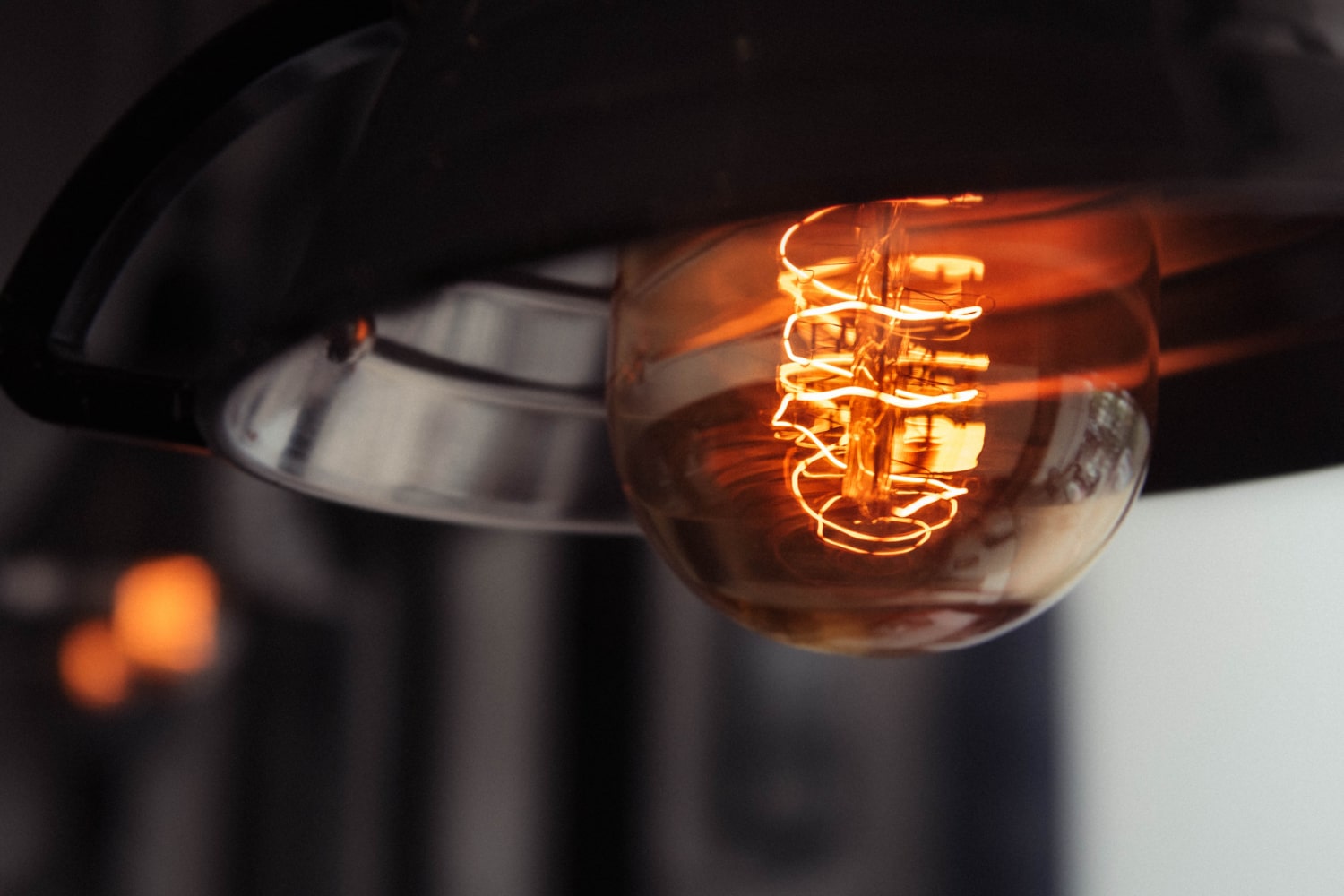
36 interesting facts about electricity
- 👁️ 378
Electricity, a fundamental force of nature, powers our modern world and has revolutionized every aspect of our lives. From lighting up our homes to enabling communication and driving technological advancements, electricity is an essential part of our daily existence. Understanding the fascinating facts about electricity helps us appreciate its impact and potential. Here are over 36 captivating facts about electricity:
- Electricity is a form of energy caused by the movement of electrons.
- The concept of electricity has been known since ancient times, but it was not until the late 19th century that practical applications were developed.
- Benjamin Franklin is often credited with discovering electricity, although he was actually studying and experimenting with electrical phenomena.
- Thomas Edison is known for inventing the practical electric light bulb, a significant milestone in the history of electricity.
- Electric current flows through conductors, such as copper wires, to deliver electricity.
- The unit of electric current is the ampere (A).
- Electricity can be generated through various methods, including fossil fuels, nuclear power, hydropower, wind energy, and solar energy.
- The electric eel, found in South America, can generate electric shocks to stun its prey.
- The electric potential difference is measured in volts (V), named after Italian physicist Alessandro Volta.
- Electric power is the rate at which electrical energy is transferred or used, and it is measured in watts (W).
- Nikola Tesla, a Serbian-American inventor, made significant contributions to the development of alternating current (AC) power systems.
- Direct current (DC) flows in one direction, while alternating current (AC) periodically changes direction.
- Electric shocks occur when a person comes into contact with an electric current, causing the electricity to pass through their body.
- The human body can conduct electricity, but it has high resistance, which limits the flow of current.
- Electricity travels at the speed of light, approximately 300,000 kilometers per second.
- The first electric power transmission line, capable of delivering electricity over long distances, was built by Thomas Edison in 1882.
- The discovery of electromagnetism by Hans Christian Ørsted laid the foundation for the development of electric motors and generators.
- Michael Faraday’s experiments with electromagnetic induction led to the invention of the electric generator.
- The electric grid is a complex network of power plants, transmission lines, and distribution systems that deliver electricity to homes and businesses.
- An electric circuit consists of a closed loop of conductive materials through which electric current flows.
- The concept of resistance, measured in ohms (Ω), quantifies the opposition to the flow of electric current in a circuit.
- Electric transformers are used to step up or step down the voltage in power transmission systems.
- The International System of Units (SI) defines the unit of electric charge as the coulomb (C).
- Lightning is a natural form of electricity generated during thunderstorms, caused by the buildup of electrical charge in the atmosphere.
- The invention of the telegraph by Samuel Morse revolutionized long-distance communication using electric signals.
- Electric motors convert electrical energy into mechanical energy and are widely used in appliances, vehicles, and industrial machinery.
- Electric batteries store electrical energy chemically and are used in portable devices such as smartphones and electric vehicles.
- The first electric power station, capable of supplying electricity to a community, was built in 1882 in New York City.
- The discovery of superconductivity, where certain materials exhibit zero electrical resistance at low temperatures, opened up new possibilities in energy transmission and storage.
- Electrical grounding ensures safety by providing a path for electric current to flow into the Earth, preventing the buildup of excess charge.
- Solar panels convert sunlight into electricity through the photovoltaic effect, where photons excite electrons in semiconductors.
- The power of electricity can be harnessed to produce heat, light, sound, and mechanical motion.
- The growth of electric vehicles is reducing reliance on fossil fuels and contributing to a more sustainable transportation system.
- The demand for electricity has significantly increased with the rise of technology, leading to advancements in energy efficiency and renewable energy sources.
- The invention of the transistor, a key component of modern electronics, enabled the development of computers, smartphones, and countless electronic devices.
- Electric power grids can experience blackouts, which are widespread and prolonged power outages.
Electricity is a transformative force that powers our modern world. From its discovery and early inventions to its impact on communication, transportation, and daily life, electricity continues to shape our society. As we strive for a sustainable future, understanding the fascinating facts about electricity helps us appreciate its importance and encourages us to explore innovative solutions for its generation, distribution, and efficient use.
Electricity, a fundamental force of nature, powers our modern world and has revolutionized every aspect of our lives. From lighting up our homes to enabling communication and driving technological advancements, electricity is an essential part of our daily existence. Understanding the fascinating facts about electricity helps us appreciate its impact…